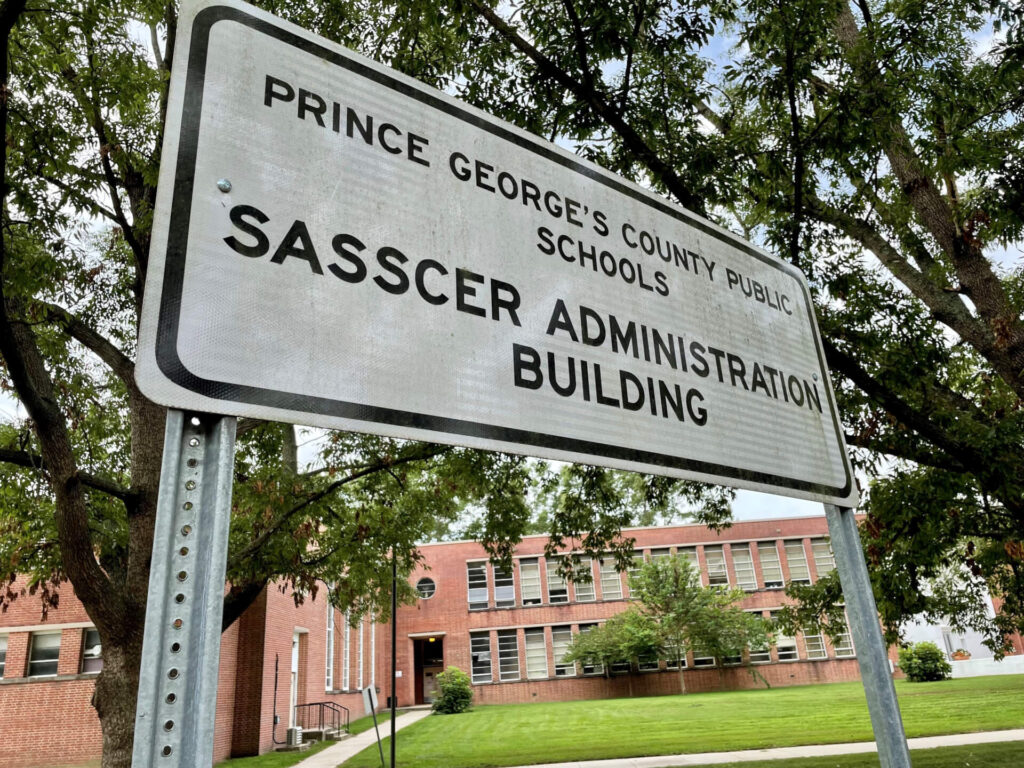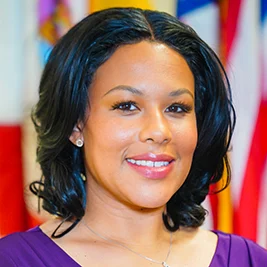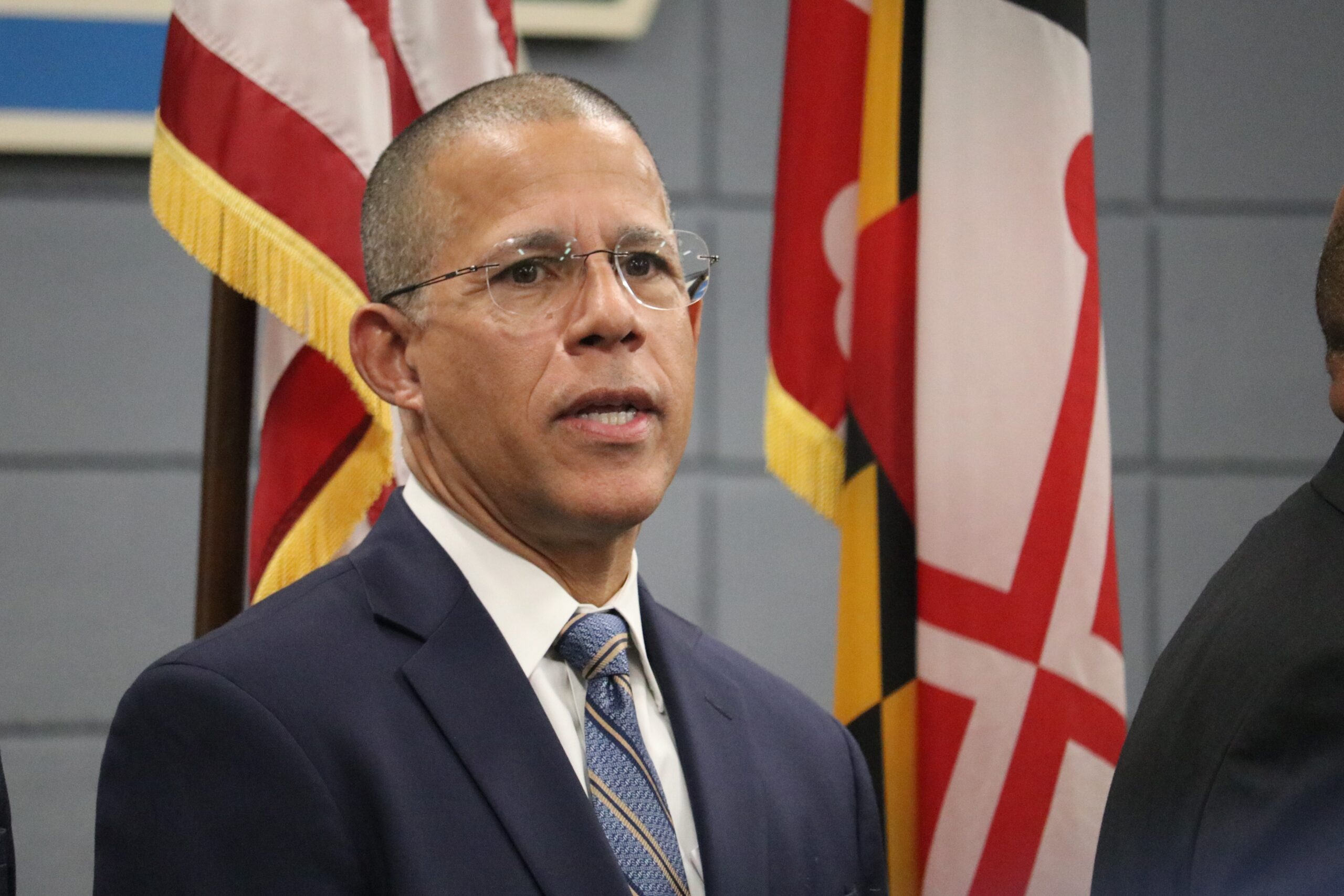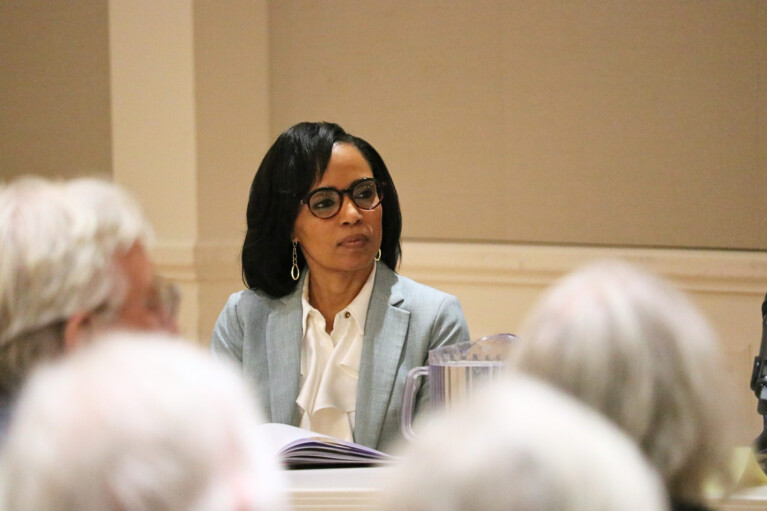
By Shayla Adams-Stafford
The writer is a member of the Prince George’s County Board of Education representing District 4.
After completing the first year of my four-year term on the Prince George’s County Board of Education, I would like to share my observations of the limitations of our current structure and how it can be improved.
COVID has been an unprecedented challenge to public education for several years, but it should not mask the importance of good, democratically-based governance at the local school board level. Every Marylander has a stake in better schools.
The structure of the Prince George’s school board is unique but it is not novel. Hybrid school boards exist in several counties across the state and nation. However, there are several factors about our governance which collectively create extraordinary barriers to the very progress voters elected us to make on behalf of students in our county.
The ability to elect board leadership
One of these barriers is our inability to elect our own leadership. In almost every governing body in our country, members of that body have the opportunity to elect their own leadership.
For example, in Congress, representatives are elected by voters and then they elect their leadership, Speaker of the House Nancy Pelosi, who has the support of the majority of members to determine the schedule for which laws will be considered.
Our own Maryland General Assembly operates in the same manner, with a majority of legislators electing Speaker of the House Adrienne Jones and Senate President Bill Ferguson.
This is a hallmark feature of self-governance and was a recommendation from the Transformation Task Force created by our county executive to address this and other structural problems facing our school board.
The Prince’s George’s Board of Education does not function this way.
Instead, the county executive, who is not a member of the board, appoints both the chair and vice chair. These appointed members then set the agenda for board meetings, determining who can speak and for how long, as well as which policies are considered.
This is problematic because it gives unelected officials the ability to exclude the voices of elected members of the board. It also allows the possibility that the county executive could appoint obstructionists to preempt the efforts of elected board members with whom they disagree politically.
The losers in this structure are the Prince George’s County voters who elected their board of education members under the impression that they would have the ability to make real progress for our students. Elected board members are representatives of the people, and their job is to raise concerns, and suggest policy based on how it impacts the community.
Two clear examples of that authority being thwarted was when elected members wanted to pass a COVID Oversight Committee in 2020 which was blocked from even going to a vote, and when the appointed chair shut down the board in 2021 during the height of COVID and our budget season.
However, in spite of these setbacks, board members still passed significant policy. For example, when our community spoke up about the systemic lack of support for immigrant and English Language Learning students, board member Raaheela Ahmed and then student member of the board Ninah Jackson worked to put forward strong and comprehensive recommendations through a community led work group that will undoubtedly improve academic outcomes for these students.
Another example is when Edward Burroughs worked with school leaders, and the administration to pass a policy to provide additional tutoring and support for students failing in order to keep them in school. Lastly, is when I worked with the administration to provide in-person instruction though equity learning hubs last summer for nearly 1,300 elementary students who needed targeted support during virtual learning.
My proposed solution is to allow the board to elect its own leadership. Even in a hybrid structure, allowing the full board to vote on the chair and vice chair would help restore the voice of voters and reduce the opportunity for undue influence over the board’s agenda.
Additionally, when there is a vacancy on the board, it should be filled by a special election, not another appointment.

Shayla Adams-Stafford, Prince George’s County Board of Education member representing District. 4. pgcps.gov photo.
Problem: Reliance on corporate funding to run a campaign
My campaign was one of the most expensive school board races in the state. I am proud to say we raised close to $70,000 to be able to compete in the 2020 election.
Why was my race so expensive? My opponent was able to secure donations from lobbyists, developers and other politicians.
My concern is that if this persists it will continue to become more costly for the average person to run for office. If the structure were to change to at-large, all-elected board like Montgomery County, take that number before and multiply it by 10.
When candidates run at-large, they are more likely to focus their limited resources in areas with high voter turnout. This causes many low-income and historically-excluded communities from getting adequate representation.
Solution: The state delegation should pass legislation to allow candidates for board of education to seek public financing. Like council candidates in Baltimore City and in Baltimore, Montgomery and Howard counties, we have a fund that can match campaign contributions for a given race.
Why is this important? It allows regular people to run in races and raise enough money to be competitive.
Ability to choose the superintendent
In addition to having no power to elect our leadership or set the agenda, we are part of an extreme minority of boards in the country that has no input on the selection of our chief executive officer – the superintendent.
Instead, our CEO is selected by the county executive as well. To be clear, this is not a commentary on our current CEO, but rather an explanation about why the current model is unsustainable.
The national best practice in school system governance is for the board to select and manage a superintendent. This is listed by the XQ Schools Project as one of the eight best practices for a school board; in an article by the National School Boards Association, it is considered “the most important responsibility of a board of education.” Structurally, an accountable relationship between the board and the CEO is paramount for a successful system. A lack of that results in disruption of checks and balances between the executive branch (CEO) and legislative branch (board) of our government – and ultimately, cracks in our foundation of democracy.
Practically, that could mean that a CEO could hypothetically abuse its authority with little or no repercussions, or a board could be overlooked in decision-making for a school system. Neither means progress for our students. Again, the example I am using is to illustrate what could hypothetically occur with our existing structure.
Overall, our board structure can certainly be improved, but not in a way that would make it less democratic. The existence of problems in the structure of the Prince George’s County Board of Education is readily apparent to all and two task forces, one created by the county executive and another by the General Assembly, are currently reviewing options. A fully-elected board on a district-based model would expand the opportunities for citizens to have a say in the policies which govern the school system.
Recently, Prince George’s County Executive Angela Alsobrooks appointed a task force to study the unique structure and function of the board, and it arrived at a conclusion that I and many others wholeheartedly agree with; allow for an elected school board based on district representation.
It will be important to ensure that the board still retains its ability to exercise systemic oversight and the ability to hold it accountable to the people.




 Creative Commons Attribution
Creative Commons Attribution